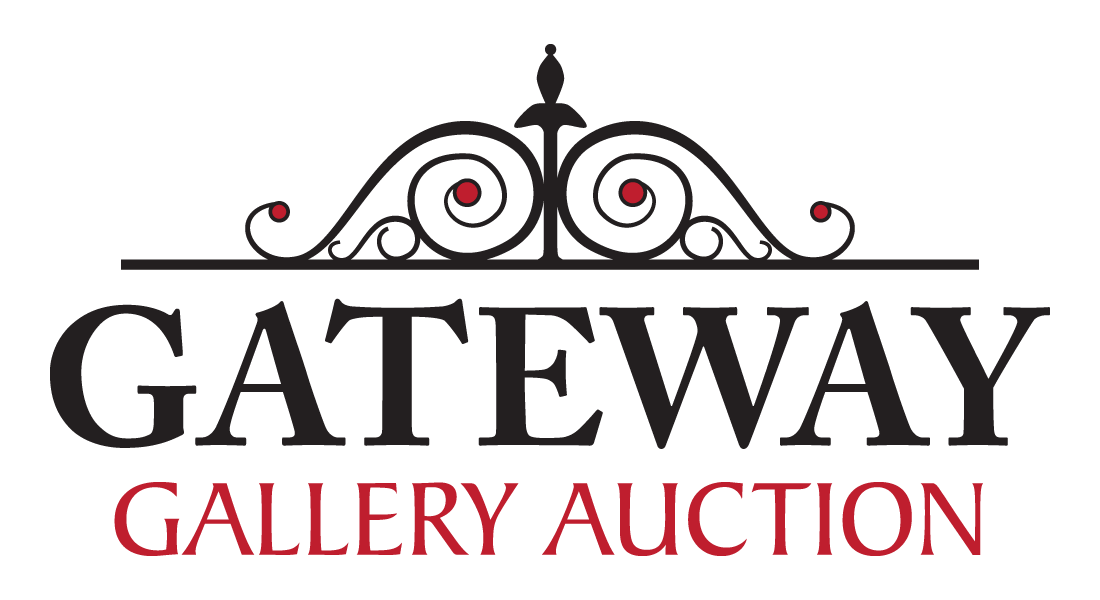If you been following our auctions lately, you’ll have noticed that we’ve been selling a lot of uranium glass and the bidding has been quite strong!
If you are wondering what Uranium glass, it’s a type of glass that contains uranium dioxide, which is what causes it to glow fluorescent green or yellow under UV or black light.
The most common type of uranium glass is known as Vaseline glass, it’s color (in normal lighting) resembles petroleum jelly. There are other types of uranium glass including custard, green, turquoise, peach blow, blue and apparently pink.
Josef Reidel’s glass factory in Bohemia is credited with inventing Uranium glass in the 1830s. Over time, the glass started to be made at more factories, with a huge rise in popularity in the 1880s. Whitefriars Glass Company in England was one of the first companies to bring uranium glass to the mass market.
The scarcity of uranium due to World War II meant that production paused in many areas and was stopped completely in the US as the government confiscated uranium supplies for the Manhattan Project.
Today, only a few manufacturers continue to make some form of uranium glass, typically for paperweights and unique art glass items.
I wondered if there were any adverse effects to handling the glass. So I looked it up! I found an interesting article from Oak Ridge Universities (which has a Museum of Radiation and Radioactivity):
You may be wondering about any adverse effects of people handling and eating/drinking from uranium glassware for a century-plus. Think about it: if it glows in the dark (fluoresces) should you be consuming food and beverage from it? Dr. Paul Frame, retired ORAU health physicist explains that fluorescence is a visual effect resulting from the interaction of UV light with the uranium in the glass. It’s a characteristic feature of uranium glass and is used to identify it. Frame is also the curator of ORAU’s Museum of Radiation and Radioactivity.
The United States government released a detailed analysis of radiation exposures from uranium glass products in the Systematic Radiological Assessment of Exemptions for Source and Byproduct Materials.
The analysis concluded that the highest doses would be to the personnel involved in the transportation of the glassware from a manufacturer to a truck distribution center. For these people, the maximum estimated dose is 1 to 2% of the average American’s annual radiation exposure. This tells us the level of radioactivity in uranium glass is generally considered very low and not harmful under normal handling and use. Even so, it’s important to handle uranium glass with care as you would any radioactive product, and never use uranium glass as dinnerware or drinkware.
Since I don’t plan on licking any of the uranium glass we sell, I figure I’m safe!
So what’s it worth? As my dad taught me, it’s only worth what any two people are willing to pay on the day of the auction! While that steadfast rule is true, uranium glass certainly seems to be having a moment. So you if you are on the hunt at flea markets and yard sales for what’s hot – be on the look out for the green depression and the Vaseline glass! Tip: invest in a black light flashlight!
Happy Hunting!







